The transgender treatment debate: ‘Are we hurting children?’
Ethical questions have challenged the routine offering of extreme medical intervention for many distressed young people who may or may not turn out to be ‘trans’.
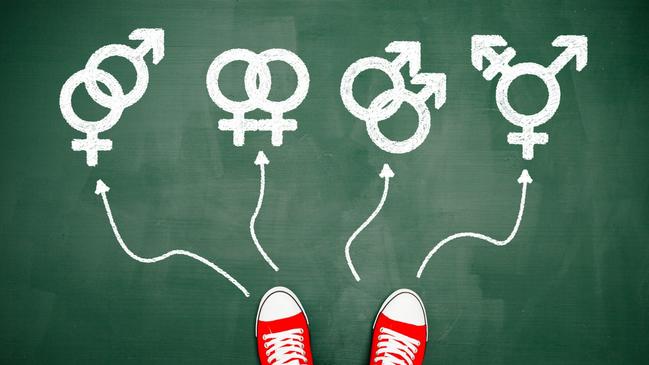
Dr Anna Hutchinson was seriously concerned. “Are we hurting children?” she asked, keen to be reassured. It’s the question that underpins everything she’s feeling. She was not told “no”.
It was February 2017 and Hutchinson, a senior clinical psychologist at the Gender Identity Development Service (known to everyone as GIDS), cared deeply for the hundreds of children seeking her help. They felt that the bodies they had been born with didn’t match their gender identity, and many were deeply distressed. But she was desperately worried about whether the treatment GIDS could help them access – a referral for powerful drugs and the beginning of a medical pathway to physical gender transition – was ethical.
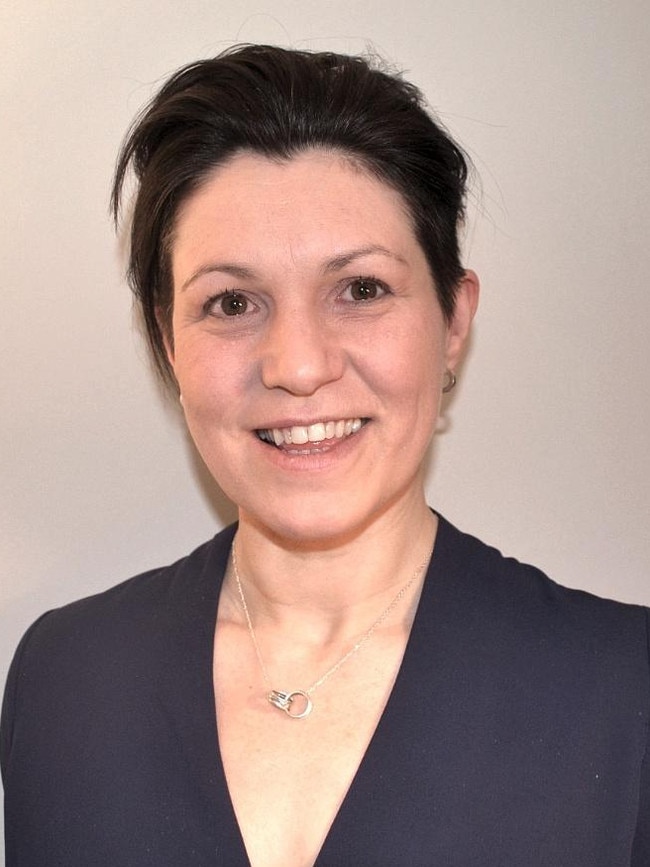
Could it really be the best and only approach for all the young people in her care?
Hutchinson had witnessed an explosion in the number of young people seeking help from GIDS. Since 2007 it had grown from a small team that saw 50 young people each year to a nationally commissioned service treating thousands. In just the four years she had been there, the number of children referred had risen from 314 to 2016. But it wasn’t just the numbers. The existing evidence base that supported the use of puberty blockers for young people was not just limited: it didn’t seem to apply to the children being referred to GIDS.
Whereas most of the literature on gender non-conforming children was about boys who had a lifelong sense of gender incongruence, GIDS’s waiting room was overpopulated with teenage girls whose distress around their gender had only started in adolescence. Many of them were same-sex-attracted – the same was true for the boys attending GIDS – and many were autistic. Their lives were complicated too. So many seemed to have other difficulties – eating disorders, self-harm, depression – or had suffered abuse or trauma. How could such different lives and presentations lead to the same answer: puberty blockers?
Dr Sarah Davidson, one of three highly experienced consultant psychologists leading the service, sat directly opposite Hutchinson in Davidson’s third-floor office at the Tavistock Centre, north London. She was unable to reassure her colleague.
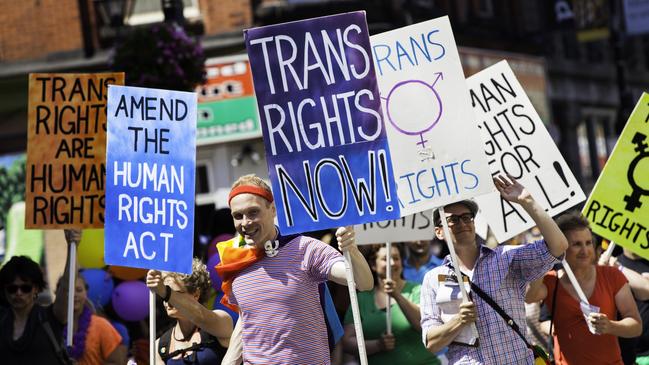
Their conversation was part of regular clinical supervision, during which psychologists share thoughts on clinical cases currently under their care. Over the preceding few years, these meetings had grown gradually more intense, says Hutchinson. But whenever she and Davidson came close to discussing the thorniest questions, the discussion would be derailed.
Their last supervision session of 2016 had ended badly. So much so that Davidson apologised afterwards that the discussions had fallen into an “unhelpful pattern”.
She, like the service as a whole, was under immense pressure. It couldn’t cope with the rapidly increasing referrals and was doing its best to keep an ever-expanding waiting list under control. Hutchinson admired her supervisor. She wanted advice on the extremely complex cases that were now presenting at GIDS, and how to act in the best interests of these children.
Seeds of doubt
As a member of the GIDS senior team, Hutchinson had been privy to major decisions. But she felt increasingly uncomfortable. Alongside the dramatically changed patient population, puberty blockers, she felt, were not behaving as staff had initially believed them to.
Evidence from within GIDS showed blockers weren’t providing time and space to think and reflect as they had been told, and as they had been telling children and their families. Some young people’s health appeared to deteriorate while on the medication. And yet almost no one stopped the treatment. Hutchinson felt she was part of a service “routinely offering an extreme medical intervention as the first-line treatment to hundreds of distressed young people who may or may not turn out to be ‘trans’ ”.
She says she began to think GIDS was practising in a way that “wasn’t actually safe”. She feared she may be contributing to a medical scandal, where an NHS service was not stopping to think what else might be going on for so many of these vulnerable children. Where the normal rules of medicine and children’s healthcare didn’t seem to apply. Where the word “gender” had made herself and hardworking colleagues struggle to know what was best practice.
The mental health of one of Hutchinson’s patients had deteriorated to such an extent she felt they had to come off the puberty-blocking medication the service had put them forward for. She had brought this case to supervision to ask for advice. Their mental health was about “as bad as you could get”.
“There were queries of sexual abuse in the family environment. It was a mess. They were so lacking in ability to function that they couldn’t attend appointments with us.”
Hutchinson felt an almost overwhelming sense of responsibility: “They’re on this drug because of us; it doesn’t seem to be helping with their functioning – they’re not OK; there’s so much going on that the gender is so low down the pecking order of problems now. But what can you actually do?”
The second case she’d brought to discuss was similarly tough. Hutchinson feared there may be sexual abuse occurring within the family of this patient, too. The school had raised concerns, not just about the young person being seen at GIDS, but also about their siblings. It wasn’t clear how best to manage it.
“These were appropriate cases for supervision. I needed help with them – to think about how best to manage them,” Hutchinson explains. “And it was after speaking about those two cases that she (Davidson) said, ‘Why do you bring such complex cases?”.’
Davidson said she supported Hutchinson “in her day-to-day work and on more difficult or complex cases” and was “always available to give her the support and guidance needed” as her supervisor. She did not recall making the comment about “complex cases” and found it to be “highly unlikely”, given her role.
Davidson did recall “a number of discussions with Hutchinson about the concept of harm and what it meant in this unique and challenging area of practice”.
Long-term concerns
Until its planned closure in spring 2023, the Gender Identity Development Service is the only NHS specialist service for children and young people “presenting with difficulties with their gender identity” in England.
GIDS also sees, or has seen in recent years, children from Wales, Northern Ireland and Scotland, as well as young people from the Republic of Ireland. It is staffed by clinicians with a variety of professional backgrounds: predominantly psychologists, but also psychotherapists, family therapists, social workers and nurses. None of these is able to prescribe medication.
Not everyone seen at GIDS chooses to transition, whether socially, by changing their name and pronouns or the way they dress; or medically, by taking synthetic opposite-sex hormones; or surgically, once they’re over the age of 17. Some children might start their transition at GIDS, some may wait until they attend adult gender services, and some will choose not to transition at all.
For those who do wish to pursue a medical gender transition, though, the route begins with a referral from GIDS to a hospital that houses paediatric endocrinologists – doctors who specialise in conditions relating to hormones. There they will receive a prescription for gonadotropin-releasing hormone agonists (GnRHas) – most often referred to as “puberty blockers”.
All puberty-blocking medications act on the pituitary gland to stop the release of the sex hormones testosterone or oestrogen. This effectively halts physical puberty, stopping the body developing secondary sex characteristics such as breasts in girls, or facial hair and an Adam’s apple in boys.
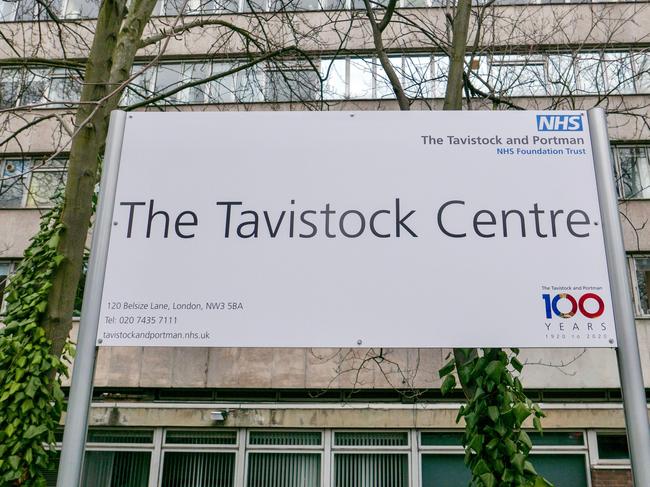
What’s unusual about the use of GnRHas for use in young people with gender dysphoria is that they’re used to treat a completely different condition from the one for which they have been licensed. In the process, they function in a very different way.
Once on puberty blockers, almost all (in excess of 95 per cent) young people opt to take cross-sex hormones – synthetic testosterone for those born female, oestrogen for natal males.
Unlike children diagnosed with precocious puberty, who later stop taking the blockers and allow their bodies to go through their natural puberty, young people with gender dysphoria don’t stop taking the blocker – they do not go through the puberty of their natal sex.
Yet the long-term effects of using blockers in this way are largely unknown. Even those who have been working in the field for decades concede research in this area is poor.
Dr Polly Carmichael, the head of GIDS, admitted in 2019 how “we have struggled in the absence of such research to understand how the care we provide affects (patients) in the longer term and what choices they go on to make as they move into adulthood”.
Her colleague and former head of psychology for the Tavistock Trust, Dr Bernadette Wren, agreed a year later that “studies are still few and limited in scope, at times contradictory or inconclusive on key questions”, and therefore GIDS clinicians are “concerned about overstepping what the current evidence can tell us about the safety of our interventions”.
The position appears to have changed little in 20 years. In 2000, Wren had remarked: “There is little evidence about the long-term effects of this intervention.”
While there are studies that describe the self-reported high satisfaction of young people and their families of being on puberty blockers, and some improvement in mental health, others suggest there is evidence puberty-blocker use can lead to changes in sexuality and sexual function, poor bone health, stunted height, low mood, tumour-like masses in the brain and, for those treated early enough who continue on to cross-sex hormones, almost certain infertility. The use of cross-sex hormones can also bring an increased risk of a range of possible longer-term health complications, such as blood clots and cardiovascular disease.

The science is not settled, and this field of healthcare is overpopulated with small, poor-quality studies. It’s often not possible to draw definitive conclusions on the benefits or harms of these treatments.
Many studies claim to show the benefits of puberty blockers to mental health, but these have all been heavily critiqued and shown to have significant methodological flaws. Systematic reviews of the evidence base undertaken by national bodies in England, Sweden and Finland have all found it wanting and prompted calls for greater caution.
Even for the many who go on to lead happy lives as fully transitioned adults, it can be a long and challenging journey. Some data on those who transitioned decades ago (who were mostly born male) shows the majority continue to live as trans women, although they’re more likely to suffer from mental health problems. Transitioning can often require several complex surgeries and a lifetime on medication. For those who go through these stages but then later regret it, or detransition and choose to reidentify with their birth sex, the decision to transition to a different gender can prove very painful.
Hutchinson needed more than vague reassurances. With such a weak evidence base underpinning the work, was GIDS simply hoping for the best? If so, it was taking significant risks, she believed, with the lives of its young patients. There is a lot of uncertainty in this field. Uncertainty over the evidence base, over the outcomes, and about whether or not medical transition will be the best option for any particular individual in the long term. Uncertainty, or lack of agreement at least, on what being trans even means. Is it something that is transitory or fixed from birth? The question was how best to respond to that uncertainty.
For Hutchinson, with such serious consequences at stake, it wasn’t okay to concede that so much was uncertain, and then not to manage the associated risks adequately. She accepted the argument for referring young people for puberty-blocking medication even without a strong evidence base, given the intensity of distress felt by some young people. There were consequences to not acting, just as there were for acting. But the reality for many of the young people attending GIDS, who often presented with multiple other difficulties that required urgent attention, made the decision even more complicated.
Were these young people “well and functioning”, in every other sense, Hutchinson explains, there could well be an argument in favour of medical treatment to address their gender dysphoria. These patients were “very sure” and “very committed” to transition.
“I’m not ever putting their identity in doubt here. I very much believe that that’s what they felt they wanted at that time, and I can see why,” she says. “But we had to see the whole picture. And when there was, possibly, sexual abuse going on at the same time, plus other complex things, I just couldn’t be so casual about the risk that we were not fully understanding what was going on for these kids.”
‘Acknowledge risks’
It didn’t help that Hutchinson’s list of unanswered questions was getting longer and longer. Why were more teenage girls being referred to the clinic than ever before, many of them with no previous problem with their gender identity in childhood – girls who often had complex mental health problems such as depression, anxiety, eating disorders and self-harm?
Could the past traumas of some of these children explain why they wanted to identify as a different gender to escape from their bodies? Did the increasing number of patients who appeared to experience homophobic bullying before identifying as transgender need to be explored in greater detail? Was GIDS actually medicating some gay children, and some on the autistic spectrum? And by what method could staff tell the difference between the patients who would benefit from treatment and those who would not? These were all profound questions, with deep ethical implications.
“We know that not all young people who identify as trans go on to live as trans adults,” Hutchinson says. “We’ve always known that.”
In every study in this field, poor as the evidence base is, there have always been some young people who identified as a different gender, felt intense distress surrounding this and wanted to transition, but for whom those feelings resolved. They went on to live as adults without feeling the need to change their bodies by use of hormones or surgery, and became content with the bodies and sex they were born with.
These studies are small and imperfect, with methodological flaws, but, according to the NHS, showed that in “prepubertal children (mainly boys) … the dysphoria persisted into adulthood for only 6-23 per cent” of cases. Boys in these studies were more likely to identify as gay in adulthood than as transgender.
According to the fifth edition of the American Psychiatric Association’s Diagnostic and Statistical Manual of Mental Disorders, rates of childhood gender dysphoria continuing into adolescence or adulthood ranged from 2 to 30 per cent for males, and 12 to 50 per cent in females.

What Hutchinson wanted from the leadership of the service was an acknowledgment of the risks of the work: prescribing powerful drugs with largely unknown consequences to children. “Because by not acknowledging the risks, we were kind of colluding with the idea it would work for everybody. And at that point, I think it was so clear, it wasn’t going to work for everybody.”
She continues: “It wasn’t like I was saying, you mustn’t give anyone the treatment. But what I was saying is we need to acknowledge it isn’t going to work for everybody; that we could be getting this wrong; that people could be harmed by this treatment. And it’s only through the acknowledgment of those risks, you could do anything to minimise those risks. At that point, by not acknowledging the risks, we weren’t managing the risks at all.”
This is not a story that denies trans identities; nor that argues trans people deserve to lead anything other than happy lives, free of harassment, with access to good healthcare. This is a story about the underlying safety of a medical service, the adequacy of the care it provides and its use of poorly evidenced treatments on some of the most vulnerable young people in society. And how so many people sat back, watched, and did nothing.
This is an edited extract from Time to Think: The Inside Story of the Collapse of the Tavistock’s Gender Service for Children, by Hannah Barnes, published by Swift Press. Out February 23.



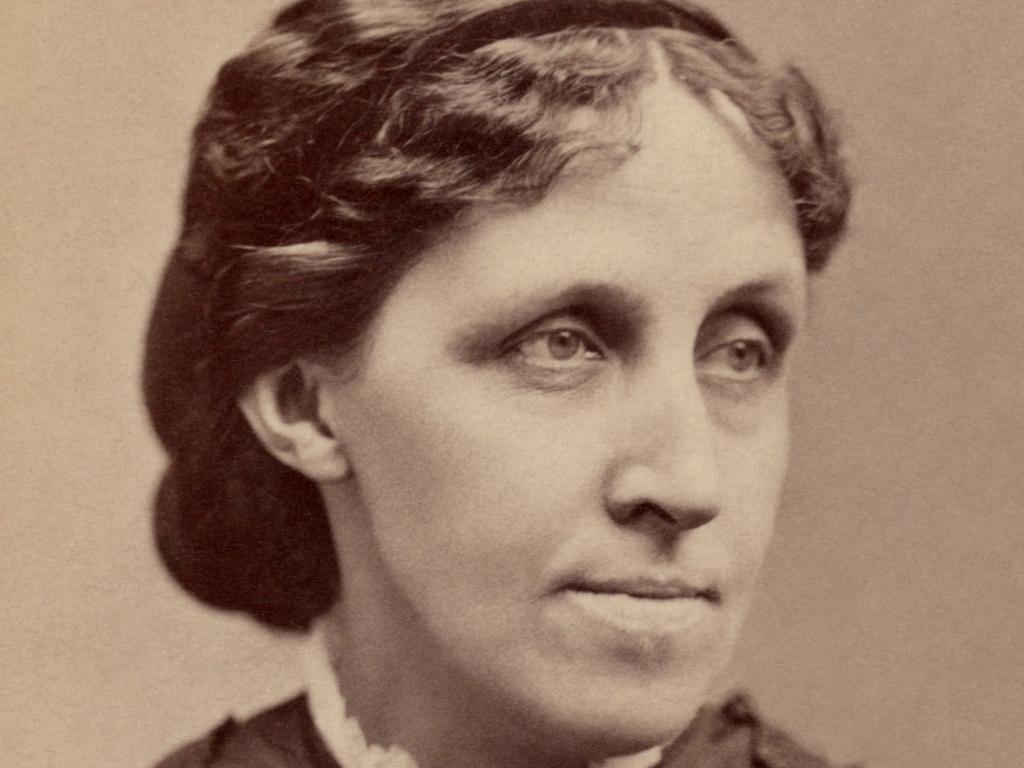



To join the conversation, please log in. Don't have an account? Register
Join the conversation, you are commenting as Logout